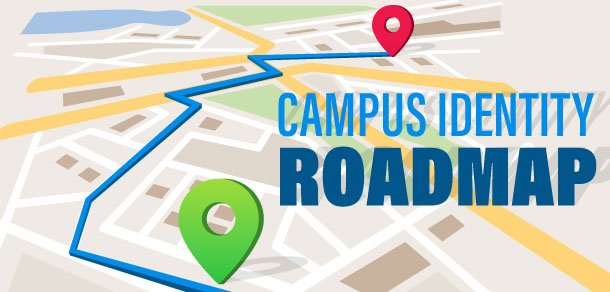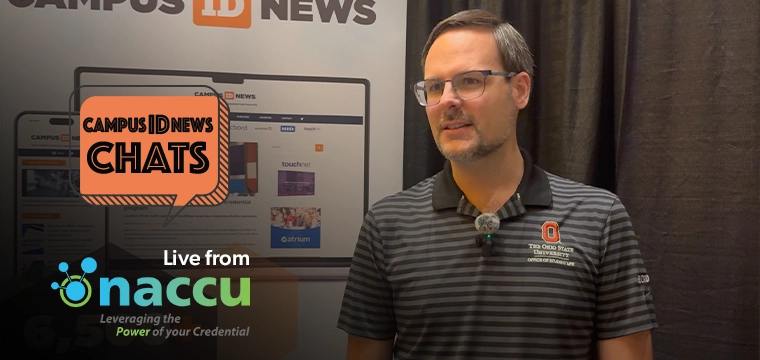
ColorID identifies common campus identity pitfalls
Another department on campus that often goes to its own industry conference is parking. “They could see a long-range reader that allows them to do some really cool things,” says Brooks. “But rather than going back and consulting with the other identity stakeholders – or having that Identity Roadmap in place to work from – they’ll just purchase that parking-specific system without thinking about how it will interact with everything else.”
“In some cases, poorly planned decisions leave campuses with only one option: issuing multiple credentials, be it a key fob, a second card, or something else,” says Brooks. “You could be talking about an investment of hundreds of thousands of dollars.”
“I think campuses need to address the exact credential technology they want to support, know exactly how they want to use their card today, and what they may want to add over time – such as transit, parking, etc.,” explains Brooks.
The idea of moving to bleeding-edge technologies like mobile or biometrics can cause reticence for some. But even if a campus isn’t ready to deploy today, that doesn’t mean it shouldn’t still consider these as part of the overall Roadmap.
It’s almost like a recruiting war out there for students. Campuses want to be technology leaders and do things that others aren’t doing.
“One of the things that’s on a lot of people’s minds is mobile, and moving credentials to student smartphones,” says Brooks. “Starting to interact with that and determining how your campus wants to handle the technology is important, so that when it comes up there isn’t a scramble."
It’s important for campuses to have biometrics on the Roadmap, as well. “You wouldn’t want one department deciding to implement biometrics their way with its own database, as opposed to a central repository that all departments can use,” says Brooks. “It’s important to set up a policy that dictates ‘this is how we feel about biometrics on campus’ and ‘these are the modalities we want to implement.’”
That said having multiple biometric modalities on a single campuses isn’t a bad thing. “I don’t think there’s anything wrong with that. There are different needs for each of those applications,” Brooks explains. “You need to look at cost, as well as things like weather resistance and security threshold needs. It varies from campus to campus and what the players on each campus believe.”
As for the long-held misconception against biometrics being a security risk for personal biometric data, there’s a clear line in the sand. “Typically students are open to biometrics because they’ve now grown up with it, but adults are a little more stuck in their ways and think the government is after them,” says Brooks. “We just try to break down some of those preconceived notions through education on campus, talking about how data is stored and how the technology works.”
Contemporary students now carry a certain expectation when it comes to their universities with regards to technology.
“We’re seeing that it’s almost like a recruiting war out there for students now. And we’ve heard from campuses that they want to be technology leaders and do things that other campuses aren’t doing,” Brooks says. “So when they implement biometrics, yes it’s fast and convenient because it doesn’t require a card, but it also delivers on the ‘cool factor’ that campuses are going for.”




